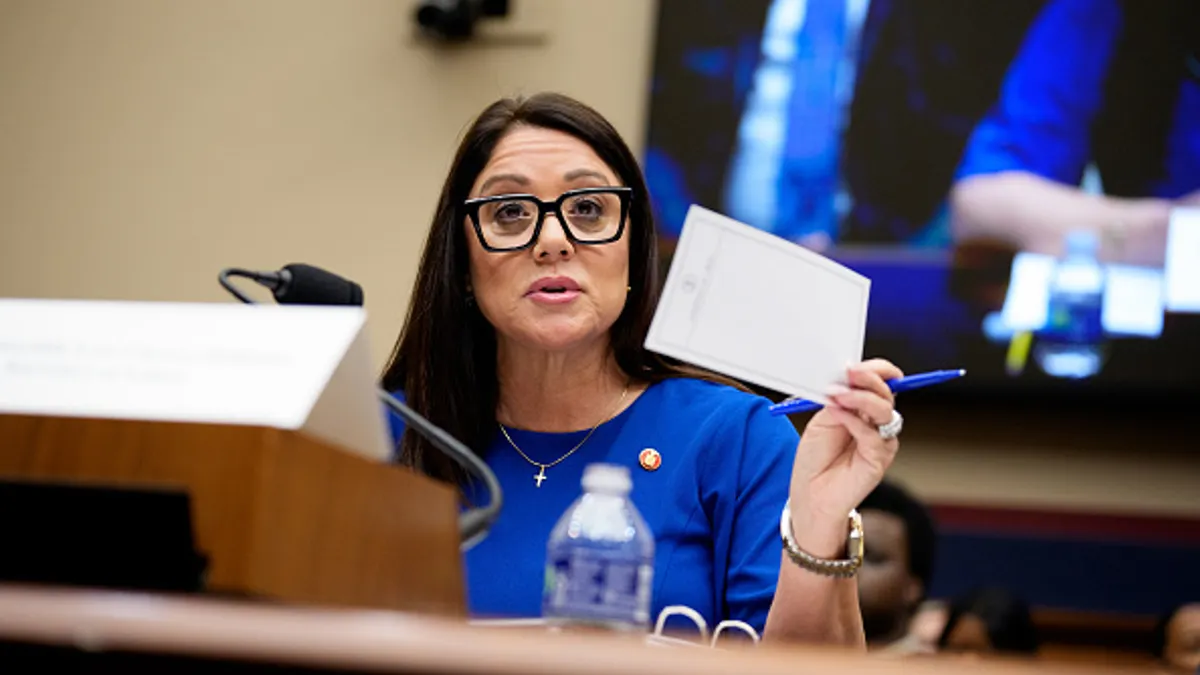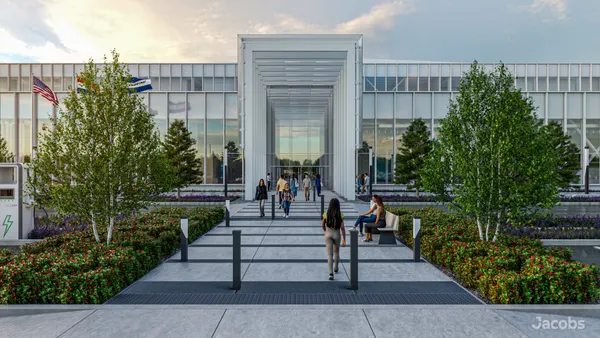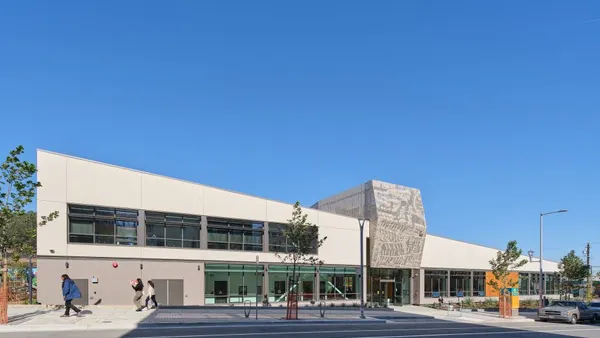Dive Brief:
- California nurses are crying foul over a proposal circulating in Sacramento that would give hospitals seven more years to comply with a seismic retrofit law that requires them to be able to stay operational after an earthquake.
- The California Nurses Association issued a statement opposing efforts by the California Hospital Association, with the support of Gov. Gavin Newsom, to extend until 2037 a 2030 deadline that mandates hospitals make upgrades to ensure they can serve patients, even after a major seismic event.
- Four days after a 6.0 magnitude quake struck near Lake Tahoe on July 8, CNA painted California’s hospitals as being motivated by profit, instead of the standard of care of patients. “The real goal of the corporate hospitals is to get out from under the entire 2030 seismic safety standard and leave all of us unprotected,” CNA said in the statement. “The COVID-19 pandemic laid bare the deadly tragedies that occur when hospitals are not prepared for disasters and emergencies. Let’s not let hospitals make the same deadly mistake twice.”
Dive Insight:
The California Hospital Association didn’t immediately respond to a request for comment for this article. The group issued an alert on its website last week urging supporters to contact their representatives in the state legislature to “refocus 2030 hospital seismic requirements on emergency services and provide additional time for hospitals to comply as they begin the long recovery from the impact of the pandemic.”
The legislature and Newsom are still haggling over details of the state’s $263 billion budget, two weeks after the new fiscal year began. The legislature technically met a June 15 budget deadline, which Newsom signed, but a final agreement is still pending.
The hospital construction standards requirement is one of the last major sticking points, according to the Los Angeles Times, which also reported that Newsom supports the CHA’s proposal.
The issue revolves around two requirements that were passed in the wake of the 1994 Northridge earthquake that caused devastation in Southern California. The first requires that hospitals meet seismic standards to ensure they don’t collapse during a major quake; 95% of hospitals in the state already meet that benchmark, with the remaining 5% set to be updated by 2025.
But the second mandate calls for hospitals to be able to remain operable and serve patients after a major quake by 2030. Almost two thirds of hospitals haven’t yet met that goal, and the CHA is asking for more time, and a more limited scope for the rule to only apply to emergency facilities.
The State Building and Construction Trades Council of California, California Labor Federation and California Professional Firefighters signed onto the nurses’ statement opposing that proposal.
After news of the current proposal surfaced, the Building Trades Council issued a Tweet with a photo of the rubble of Sylmar Hospital, which collapsed during an earthquake in 1971, under the words “Now is not the time for another disaster.” The photo was similar to the wreckage of the Champlain Towers South condo tower, which collapsed in Florida last month, triggering calls for more rigorous inspections and safety standards for existing buildings.
The hospital association argued that it’s only trying to prioritize which medical services should be available in an emergency.
“We’re focused on what services need to be operational in a disaster,” David Simon, a spokesman for CHA, told the Times. “Does it truly need to be everything? Should plastic surgery suites be required to be operational?”














